Most languages have different ways of writing letters and characters. In English, there's not only printed script, but cursive, and a million different fonts and variants thereof, and people are constantly churning out new and different ways of expressing the English language.
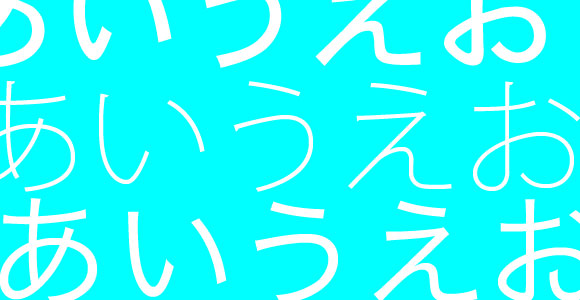
Japanese is no different. There are tons and tons of ways to write the same hiragana, katakana, and kanji. You may have heard of "kawaii" handwriting that swept Japan by storm in the 70s, but Japanese goes so much farther than that.
But have you ever seen written Japanese that just looks like a bunch of scribbles (more so than usual)? Let me introduce you to hentaigana and kuzushiji.
Hentaigana
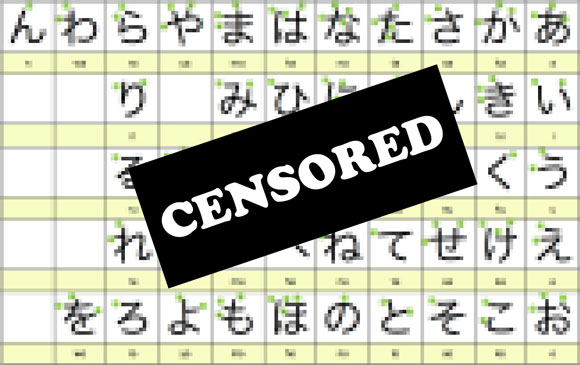
At the core of Japanese there's hiragana, the basic Japanese alphabet (or syllabary, if you want to be pedantic about it). But it wasn't until pretty recently that hiragana was standardized. Until the 20th century, people could basically write hiragana however they wanted to.
Those different ways of writing hiragana were called hentaigana (変体仮名). No, not that kind of hentai. In this case, hentai translates to "variant" instead of "pervert," so hentaigana is "variant kana." (As far as I know, perverts don't have their own, special alphabet.)
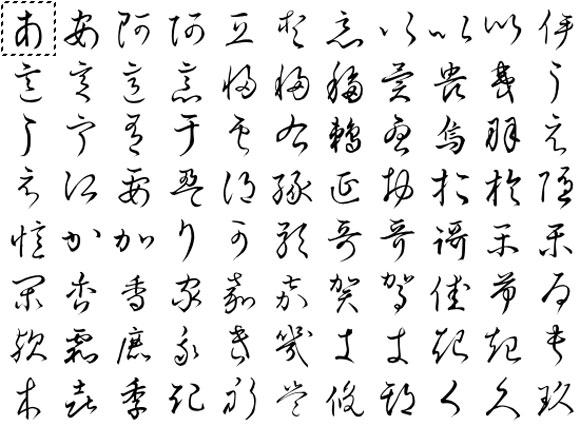
Can you read this hentaigana? Me neither. These hentaigana looked like if somebody told you to make hiragana as sloppy and unreadable as humanly possible. They all roughly look like standard hiragana, but if somebody was having a stroke in the middle of writing them.
Fortunately, Japanese went through tons of changes in the early 20th century to streamline and simplify the language to make it more accessible. Since then, hentaigana has fallen out of favor with pretty much everybody. The only real exception are soba shops that want to look all fancy and old-timey.
Kuzushiji
Another way people used to write Japanese was kuzushiji (崩し字 ), which was basically cursive characters. Like hentaigana, kuzushiji looks like what my handwriting would look like if I lost all motor control, but kuzushiji includes more than just hiragana – kanji gets thrown into the mix too.
Interestingly with kuzushiji, the more common a character is, the worse it looks. The logic is that if the character is used often enough, you should be able to recognize it anyway because a lot of people would be writing it this way. Right? Well, maybe not.
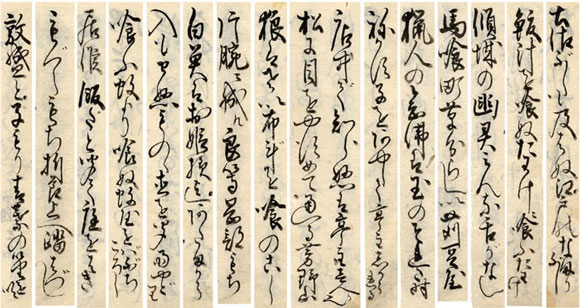
So how do you read kuzushiji if you're not, say, a 18th-century Japanese elite? Fortunately for us there are dictionaries for kuzushiji, along with books that print original literature written in kuzushiji alongside the same text written in standard Japanese.
Handy stuff, especially if you're a Japanese literature nerd. But if you are familiar with Japanese, then you know how useful context can be in understanding things you don't know.
For more on kuzushiji, check out this great introduction to kuzushiji.
Kanji Amnesia
It shouldn't be a surprise that you might not recognize kuzushiji or hentaigana. After all, handwriting has been on a slow and steady decline ever since the invention of the printing press.
If you're like me, most of the writing you do is either on the computer or cell phone. And in Japan, some people are worried that all this technology is causing people to forget how to write kanji by hand.
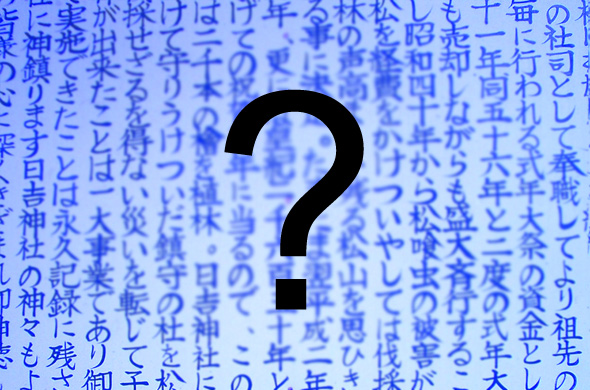
This phenomenon of people forgetting how to write kanji is called kanji amnesia or character amnesia, and Koichi wrote about it more in-depth a few years back (and even talked about it on the BBC at about 39:20 in).
What It All Means
Is it a good or bad thing that we don't have things like hentaigana and kuzushiji around anymore? Well, on one hand you could argue that handwriting is less expressive and individual than it used to be back in the day. Characters have become more standardized and arguably, more boring.
On the other hand, those standardized characters and ways of writing mean that we can actually read what people write instead of having to guess. I'd say that because handwriting is no longer a huge distinguishing part of writing, content becomes more important.
